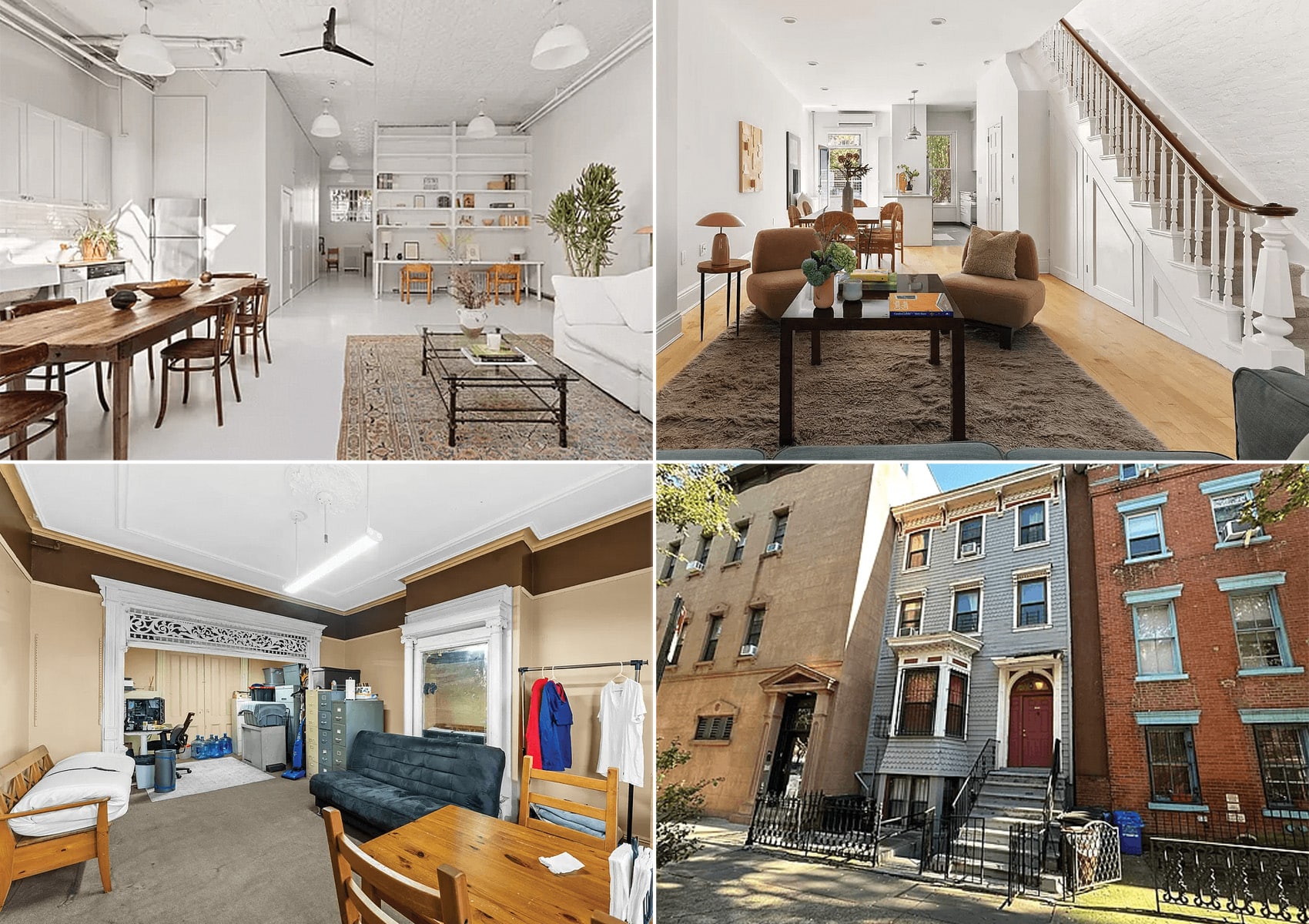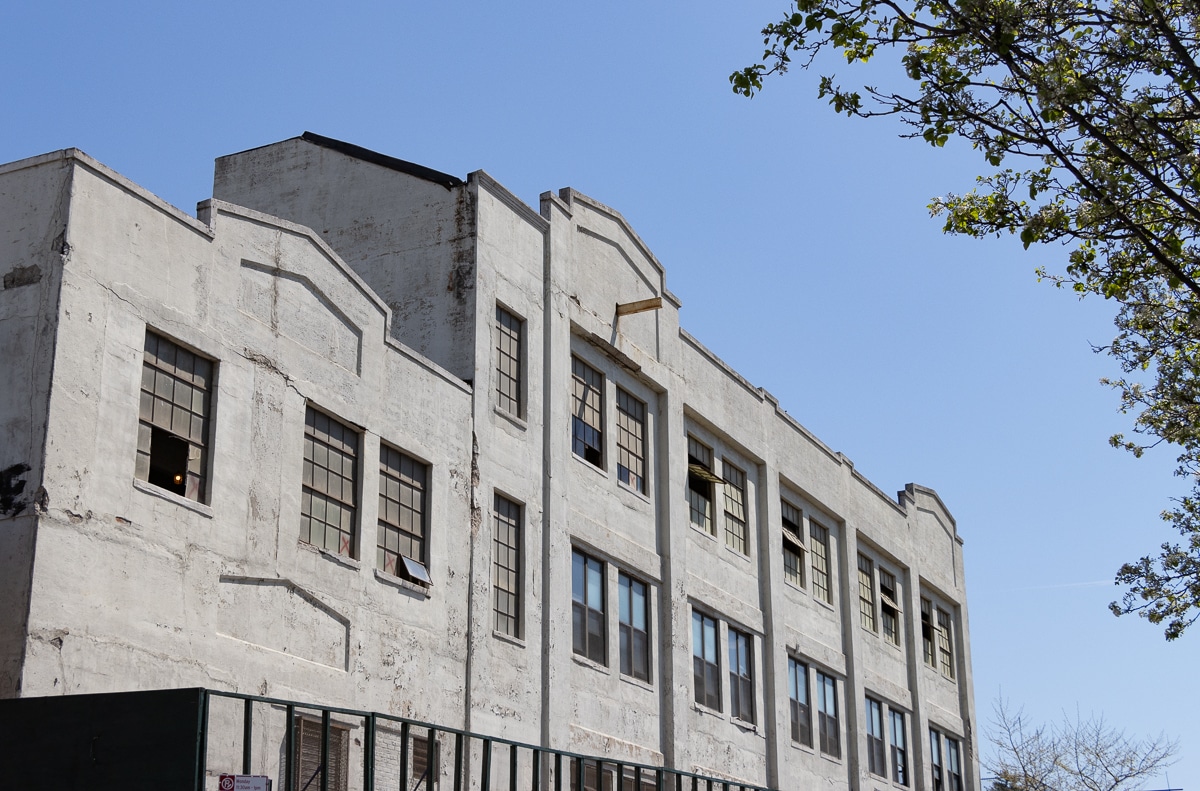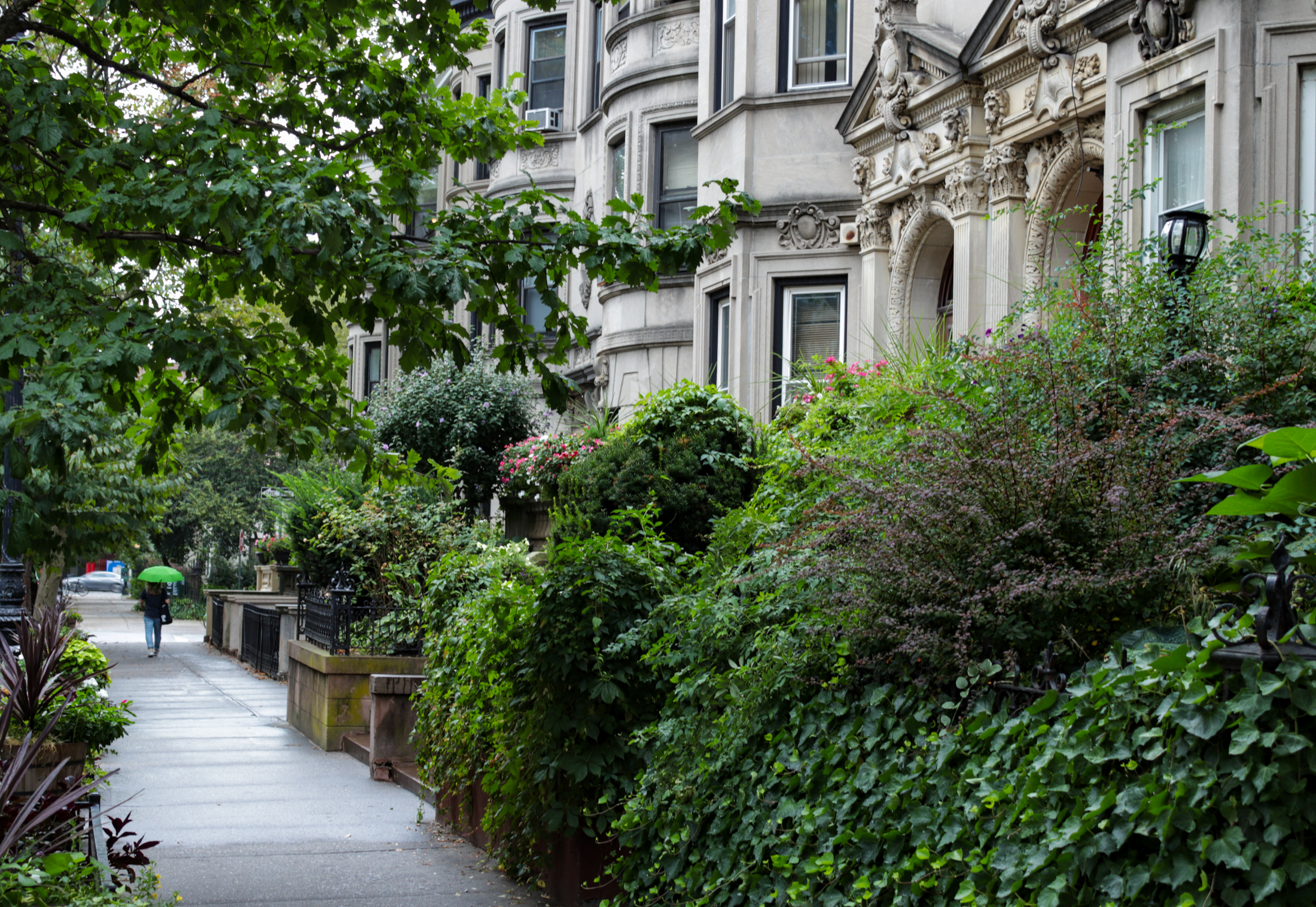Walkabout: Greenpoint’s Edwards Hotel, Part 3
Read Part 1 and Part 2 of this story. Silas Edwards had two great loves in his life: his wife and his hotel. He established Greenpoint’s only full service hotel with his wife’s help, and when she died, in 1907, she still guided him from beyond, appearing to him with sage advice for the rest…


Read Part 1 and Part 2 of this story.
Silas Edwards had two great loves in his life: his wife and his hotel. He established Greenpoint’s only full service hotel with his wife’s help, and when she died, in 1907, she still guided him from beyond, appearing to him with sage advice for the rest of his life.
But his heart was no longer in the business by the 1920s. He was in his 70’s, and still went out every morning to buy fresh vegetables from the market for his kitchen, but it just wasn’t the same.
In 1922, Silas sold the Edwards Hotel for almost half a million dollars, and went home, down the block from the hotel, and died four years later. He was a legend in Greenpoint, and his hotel had been the stage upon which much human drama was played.
But now the old hotel was mostly a rooming house, and as the years progressed, the tales that made the papers were getting more and more sordid and depressing.
In April of 1926, a lodger named Frank Kriswak committed suicide in his room. He had looped a safety belt across a steam pipe, got on his bed and jumped off, hanging himself.
He left no note or reason. He was discovered after being dead for more than a few hours. In August of that same year, another hotel lodger, Richard Whalen, was also found dead.
He had fallen from a boat into Newtown Creek and drowned. The body was found floating near the end of Greenpoint Avenue.
By 1929, the hotel advertised itself as a men’s hotel, taking in permanent lodgers, as well as transients. They offered their guests a clean shower and beds where the linen was changed daily.
Given that the area was still an industrial hub, the old inn was still full of working men, but among them were more and more men on the down and out, and some of them were not obtaining their rent legally.
Times were getting rough, and soon the Great Depression would make life for those on the fringes even harder.
Young Oliver Morkurki was one of those, an 18 year old living at the Edwards Hotel. He was arrested in Long Island City for a multitude of petty robberies, the last being of a lunch counter, where he had broken in and stolen a small amount of money and cartons of cigarettes.
Another man who lived at the hotel had been accused of fencing stolen goods, but he was acquitted, and yet another was arrested for trying to set the hotel on fire.
On a lighter note, one day in 1930, a man clad only in his underwear walked into the hotel and demanded to be let into room 313.
When he was told that that room was occupied, he told the front desk, “It was, but it isn’t now. I just fell out of the window.” Presumably, they let him back in.
James Kelly, who lived in the hotel, came to court with an eyepatch over one eye. He was there for the arraignment of the man who had knocked his eye out in a fight. Arthur Pretkowitz, aka “Tony Clifford” of the Edwards Hotel, was arrested and charged with stealing license plates from cars.
That was the same month that another Edwards Hotel man was given a year’s probation for disorderly conduct. Patrick Carr had been arrested for causing a disruption at a Queens bank.
That night in the holding tank, he proceeded to take off his clothes, telling the police officer outside the tank that he always got comfortable when he was getting ready for bed. When told he couldn’t take his clothes off there, he was ignored.
Officer Wundt ended up going into the cell and forcing Mr. Carr to get dressed. A small melee erupted, and Carr ended up in court holding his socks and shoes, and he lost his hat. The exasperated judge gave him probation.
The Edwards Hotel was becoming the kind of place that the police would go to whenever any kind of crime against property or person was took place in Greenpoint or across Newtown Creek, in Long Island City. The once fashionable and respectable hotel was attracting too many of the wrong kind of men.
It was a good thing old man Edwards was dead. It would have broken his heart. Story after story made small paragraphs in the local papers; a hotel resident found in the kitchen of an Astoria man’s home, and held by the police for breaking and entering, other passing bad checks, and several arrested for fighting.
Suicide was also haunting the hotel. One man who lived at the Edwards was found dead on a local park bench after having swallowed a bottle of varnish.
Another was found dying in his room from inhaling gas, while yet another died of a heart attack in his room. If they weren’t committing suicide, men were found beat up and unconscious on the streets, or drowning in the creek.
One day in 1952, the old trolley car barn across the street from the Edwards Hotel caught fire. This trolley relay and repair station had been the source of many of the Edwards Hotel’s earliest lodgers, back in the late 1890s and early 20th century.
The wooden structure, as old as the wooden sections of the Edwards Hotel itself, burned fiercely, with flames shooting 150 feet into the air. The fire could be seen in Manhattan, and soon spread to surrounding structures.
Flaming embers crossed the street and set a wing of the hotel on fire, sending lodgers into the streets. When firemen put out the blazes, water further damaged the old hotel.
In 1953, 18 year old Donald Ferrick was convicted of shooting and killing a rabbinical student named Samuel B. London. He had been shot in the back of the head. Ferrick’s accomplice, a 17 year old named Edward Baldwin, was found not guilty. He lived at the Edwards Hotel.
Although there were many in the hotel who were up to no good, or had extremely bad luck, this was not true of everyone. The majority of the lodgers in the hotel were just plain old ordinary working men who went to work and came home to their single rooms.
As always, the minority of troublemakers give the impression that the entire establishment was bad to the bone. It was not. But the troubles still haunted the place.
By 1955 the hotel’s name had been changed to the Prince Edward Hotel. That year it exchanged hands in a twenty one year lease to one Michael Glick.
At some point, the Hotel changed its name again, and became the Greenpoint Hotel. It soon turned into one of the area’s most notorious SRO’s. The tales told of the hotel in the 1920s and 30s were escalated, and during the drug war years, got progressively worse.
By 1999, the hotel was being run by an Episcopal Church social services organization called Praxis Housing initiatives. They tried to institute a curfew and other rules, in order to keep drugs and prostitution out of the hotel.
They had assumed control of the hotel in 1996, which was now an SRO with a population of men, some of whom had substance abuse problems, and most were on public assistance. The rules, which prohibited guests after 4pm, were seen as too restrictive by most of the lodgers, although welcomed by others.
Praxis came under investigation for the actions of some of its employees, and the hotel was sold in 2004, and by 2005, Federal prosecutors wanted to seize the 194 room SRO. An extensive federal drug enforcement investigation showed a large heroin and crack cocaine ring was operating out of the hotel.
The ringleader had been arrested, and was awaiting trial. Over 20 people had died in the hotel itself, drug overdoses mostly. According to residents, the bodies were taken out and dumped elsewhere.
The hotel was a mess. It still consisted of the main building facing Manhattan Avenue, but also had three other connecting buildings, creating a maze of hallways and corridors. It was now one of the most notorious flophouses in New York City.
There was only one bathroom per floor, and almost two hundred rooms. The room numbers were spray painted on the doors, and there were signs asking residents to not throw bottles of urine out of the window. From all evidence, that request was not heeded.
The hotel was populated by those who had nowhere else to go, suffered from mental illness, drug and alcohol addiction, or were involved in the drug trade. The new owners of the Greenpoint did nothing to improve conditions, or get the dealers out, but they raised the room rents, some as much as $200 more a month.
One man interviewed for a NY Times article in 2005 was paying $450 a month for a room the size of a bathroom, with just enough room for a single mattress on the floor, and his belongings in a box and a fan. He shared the bathroom on his floor with at least 20 other people.
Today, the Greenpoint is still there. It’s been the ongoing topic of Ms Heather, the writer of the Greenpoint-based blog, newyorkshitty. She recently reported that the city had issued 450 violations on the building, and residents were desperately trying to get help. I hope they can. What a history. GMAP
(Photo:newyorkshitty.com)









What's Your Take? Leave a Comment